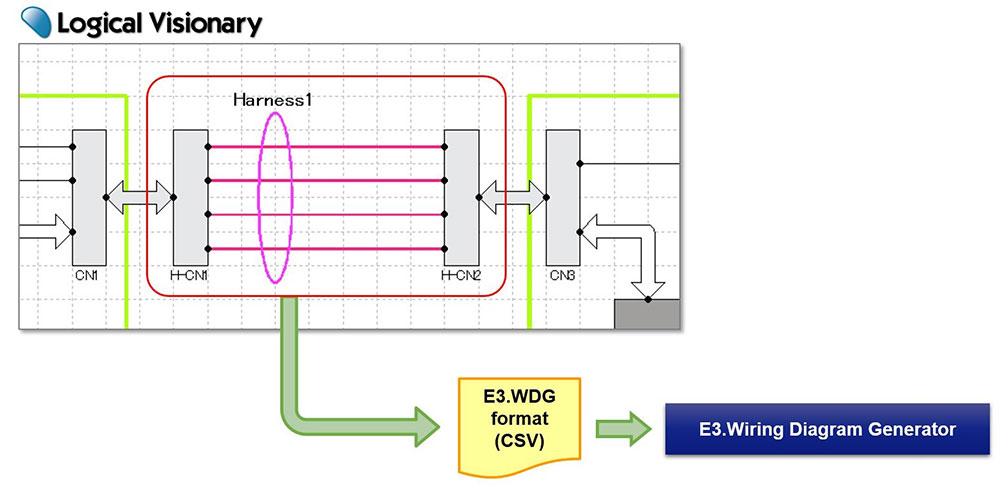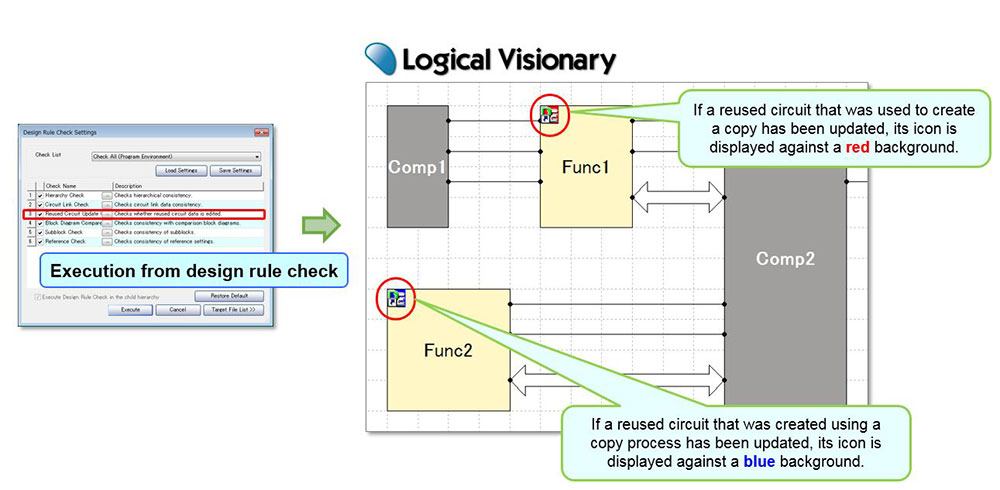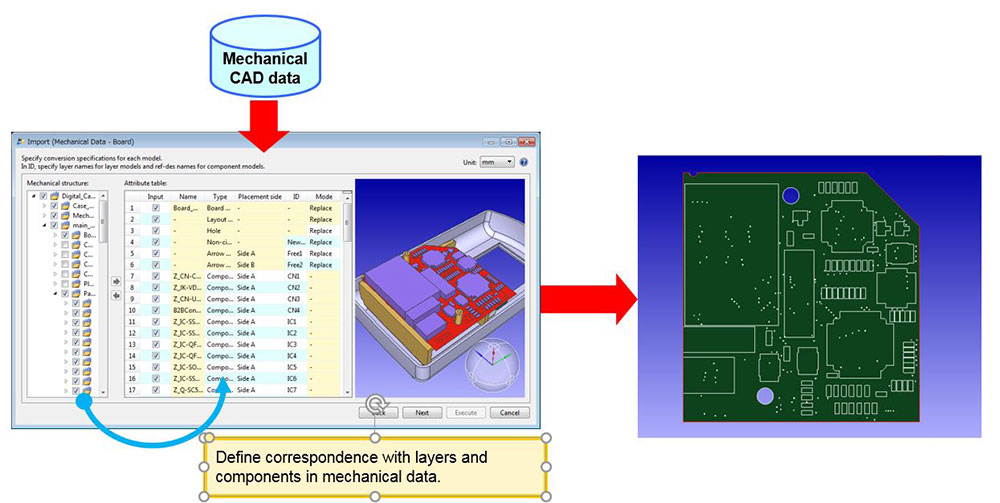
Zuken’s CR-8000 2017 Supports Electronic and Electrical Design Convergence
12 July 2017 – Westford, MA, USA and Munich, Germany – Zuken® announces the immediate availability of CR-8000 2017. This latest release is the first to enhance electrical and electronic co-design at the architectural design phase.
CR-8000 is the industry’s only 3D product-centric design solution with architecture design, concurrent 3D multi-board support, and chip/package/board co-design capabilities. CR-8000 integrates directly with Zuken’s DS-2, a comprehensive electronic and electrical design data management platform which addresses today’s complex enterprise level data needs.
“PCB-centric design methodologies are shifting to a product or system-centric approach with more cross-domain collaboration. Part of that shift is the growing need for architecture design and optimization before you enter detailed design,” said Kazuhiro Kariya, Managing Director & CTO, Zuken Inc. “System Planner 2017 now addresses the need for wire harness interconnectivity between boards at the architecture phase, and delivers the design information directly to the design tool.”
CR-8000 2017 contains more than 150 user-driven enhancements and new features spanning design productivity, rule checking and usability across the product family.
Electronic and electrical design convergence
With the rise in products containing both electronic and electrical design objects, the need for tight design integration across the domains becomes increasingly urgent. System Planner, CR-8000’s architecture design and optimization tool, addresses this need as a multi-domain design tool for PCB-based systems: its visionaries cover functional design, multi-board planning, mechanical fit and parametric analysis. With System Planner 2017 users can add electrical co-design to the architecture design phase, and export directly to E3.series, Zuken’s electrical design tool suite. This new capability enables cross-domain architecture optimization, and eliminates the need for data reentry.
Architecture design expands library and modular design support
With increased product complexity comes a growing need for architectural design and optimization. System Planner 2017 improves multi-board system optimization through new module management capabilities. Design module status can be verified to detect updates based on a set of user-defined rules. In addition, partitioning a design module across blocks or boards is now possible on a schematic page basis, allowing for improved architectural design optimization.
Reference designator assignments can be made, or auto-generated, during architecture design on a block-by-block basis, allowing for more collaboration with detailed design. Design rule checks can also be applied to manage unassigned or duplicate reference designators. In addition, during physical optimization, components within the functional block may be identified and moved as a single unit, making floor planning easy and efficient.
Productivity enhancements
CR-8000 2017 contains more than 150 user driven enhancements and new features:
- Support for multi-board EMC now checks return paths on electrical nets that run across multiple boards. Reporting is carried out on a net-by-net basis.
- Expanded MCAD co-design by importing figures from a board model created using mechanical CAD. Supported systems include CATIA V5, Creo, NX, SolidWorks, STEP, Parasolid, and ACIS.
- Expanded 3D model support when exporting a full multi-board design with an enclosure in 3D PDF format.
- New functionality enabling users to generate bumps in differential pairs while checking the difference in length between positive and negative routes.
– ends –





